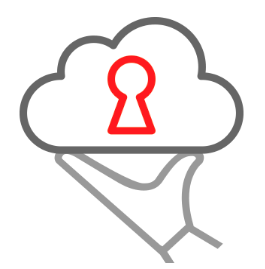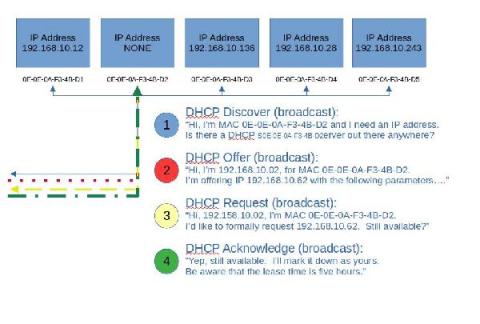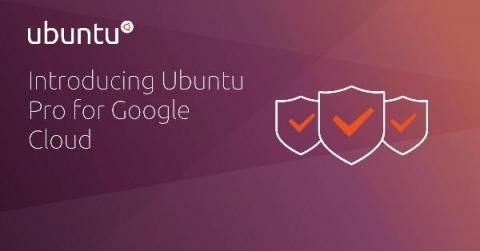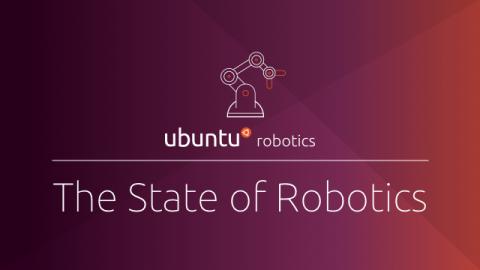How to use managed IT services like the Fortune 500
Managed IT services are widely used by the most sophisticated organisations across the globe. Recent reports show that over 90% of the Fortune 500 have multiple outsourcing contracts to managed service providers, with a value of over $190 billion. This includes managed IT services such cloud services, infrastructure, networks, security, backup, applications and much more. How can organisations at any scale adopt the same strategy and benefit from managed IT services?











